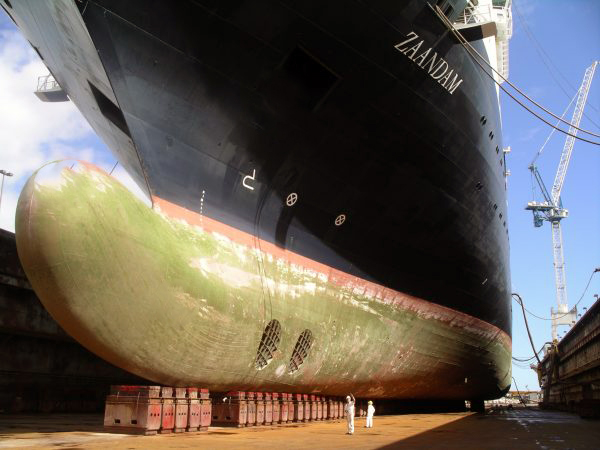Just 16 of the world’s largest ships are still producing as much sulphur pollution as all the world’s cars! So, what’s the key to ‘green shipping’? How do we reduce fuel consumption & emissions? Here we share the top 5 technologies that the largest shipping companies across the globe are using to dramatically reduce the environmental impact of their operations, and in so doing, also boost profits!
Air lubrication: reducing friction to create energy-saving effects
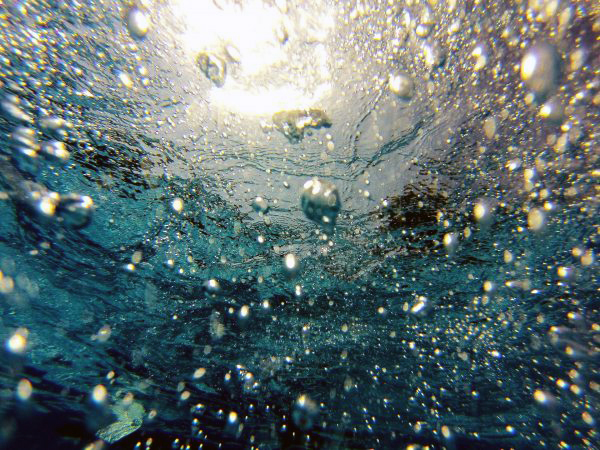
Air lubrication systems use bubble technology to decrease resistance between the hull of the ship and the water. Bubble technology works by supplying air to the ship’s underside in order to create a layer of tiny bubbles. With the optimum ship hull design, the air lubrication system is expected to achieve up to 15% reduction of CO2 emissions, along with large fuel savings too. Vessels that are wide-bodied, slow-moving and have a small draft, such as heavy lift and module carriers, typically benefit the most from these systems.
A great example of air lubrication systems is a project run by the Finnish naval architect and engineering company, Foreship. Foreship oversaw the successful design and installation of its own air lubrication system (ALS) in 2015 on its ships built by Meyer Werft. The system’s installation meant that propulsive power could be reduced, and that when the ships were operating at cruising speeds, a net fuel saving equivalent to 7-8% was achieved. Foreship says a final evaluation of performance is still ongoing, but the company believes an overall net fuel saving within a defined speed range and set of conditions can be confirmed at roughly 5%!
Nanotechnology: the multi-functional fuel treatment that’s revolutionizing fuel efficiency
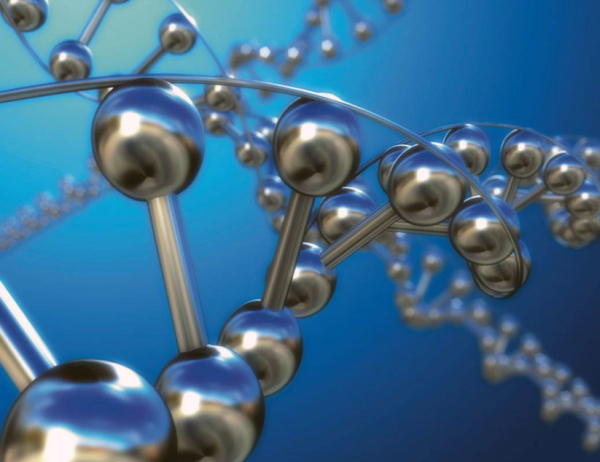
Nanotechnology fuel treatment uses a multi-functional fuel additive, which contains a molecular catalyst that ensures maximum fuel efficiency.
The additive can also reduce engine wear, meaning the time between maintenance can be extended: particles work on existing carbon build-up within the engine to effectively blast away residue.
NanOx™ from Martek Marine is one of the most exciting nanotechnology fuel treatments to hit the market and it’s being used by some of the largest shipping companies across the globe, including; Yang Ming, NSNC Kazmortransflot & PDZ Malaysia.
Nano-clusters to improve viscosity by more than 30% for an improved fuel/air mix: boosting engine power by more than 10%. Enhanced fuel atomization in the tank & injectors offers over 7% fuel savings and micro-explosions in the cylinders enable more complete combustion, lowering emissions by 25% and enabling savings on C02 tax too. Nano-catalysts remove carbon deposits and prevent future build-up, diminishing engine wear to reduce maintenance and spares costs.
Reducing a ships fuel consumption using propeller technology
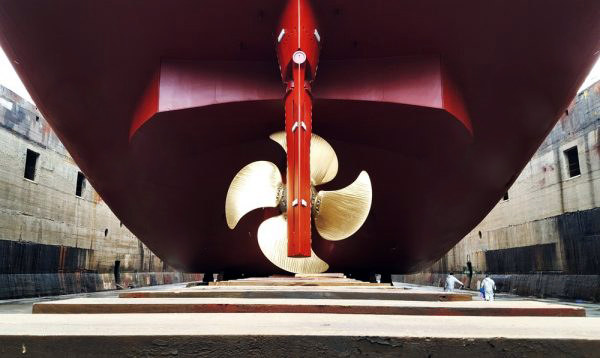
One of the most efficient ways to optimize a vessel is through the use of energy saving propellers in combination with a rudder bulb. Whether an engine is driven by liquid or gaseous fuels, this increases the efficiency of a vessel by up to 10%. In a similar vein, Hyundai Heavy Industries (HHI) has used an energy-saving device called Hi-FIN joined to the hub of the ship propeller, which generates swirls in the water that offset the water movement generated by the propeller, therefore improving propulsion efficiency. HHI has secured orders of Hi-FIN for over 30 ships to date, and the company expects more orders now that it can install the device on broader types of ships from LNG carriers, to VLCC, LPG carriers and containerships.
Introducing a bulbous bow to reduce wave-making resistance
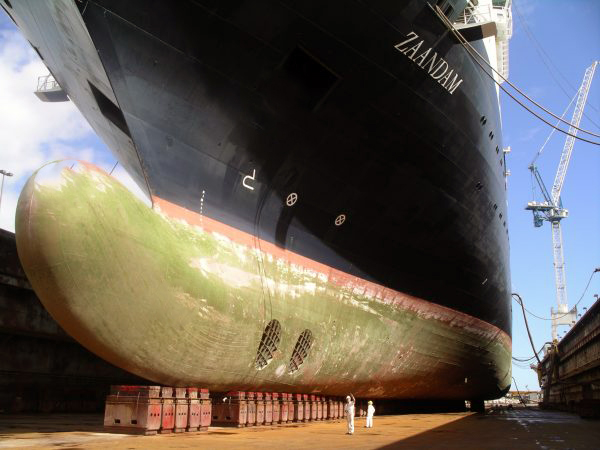
Maersk Lines have recently reported fuel savings of over 5 percent by making some strategic modifications to their ships’ bows, to offer improved performance. The new bulbous bow design reduces wave-making resistance by producing its own wave system that is out of phase with the bow wave from the hull, creating a reduction in resistance made by the waves.
Volume, vertical extension of the centre of volume, longitudinal extension and shape, are all elements considered in the design. The characteristics of the bow must be carefully balanced with the shape of the entrance and the transition towards the forward shoulder and bilge.
It’s not all plain sailing! Bulbs are most effective at a specific speed-length ratio and draft. Changes in speed and draft significantly change the wave created, meaning that reductions in draft or speed can actually lead to increases in resistance and this being the case, compromises in the bulb design are often needed to provide good performance over the expected range of operating drafts and speeds.
DC Grid power distribution: matching power to the vessel’s needs
Reducing fuel consumption, noise and a ships environmental impact, are all possible thanks to an Onboard DC Grid system. By ensuring the engine runs at varied speeds for ultimate fuel efficiency at each load level, fuel consumption can be dramatically reduced. In fact, recent tests using DC Grid power distribution on Myklebusthaug Offshore’s platform supply vessel Dina Star, showed reduced fuel consumption, in addition to 30 percent engine room noise reduction, leading to improved working conditions aboard the vessel.
Martek Marine provides THE disruptive innovators behind some of the most talked about maritime technology -including NanOx™- that drastically improves ships’ performance.
